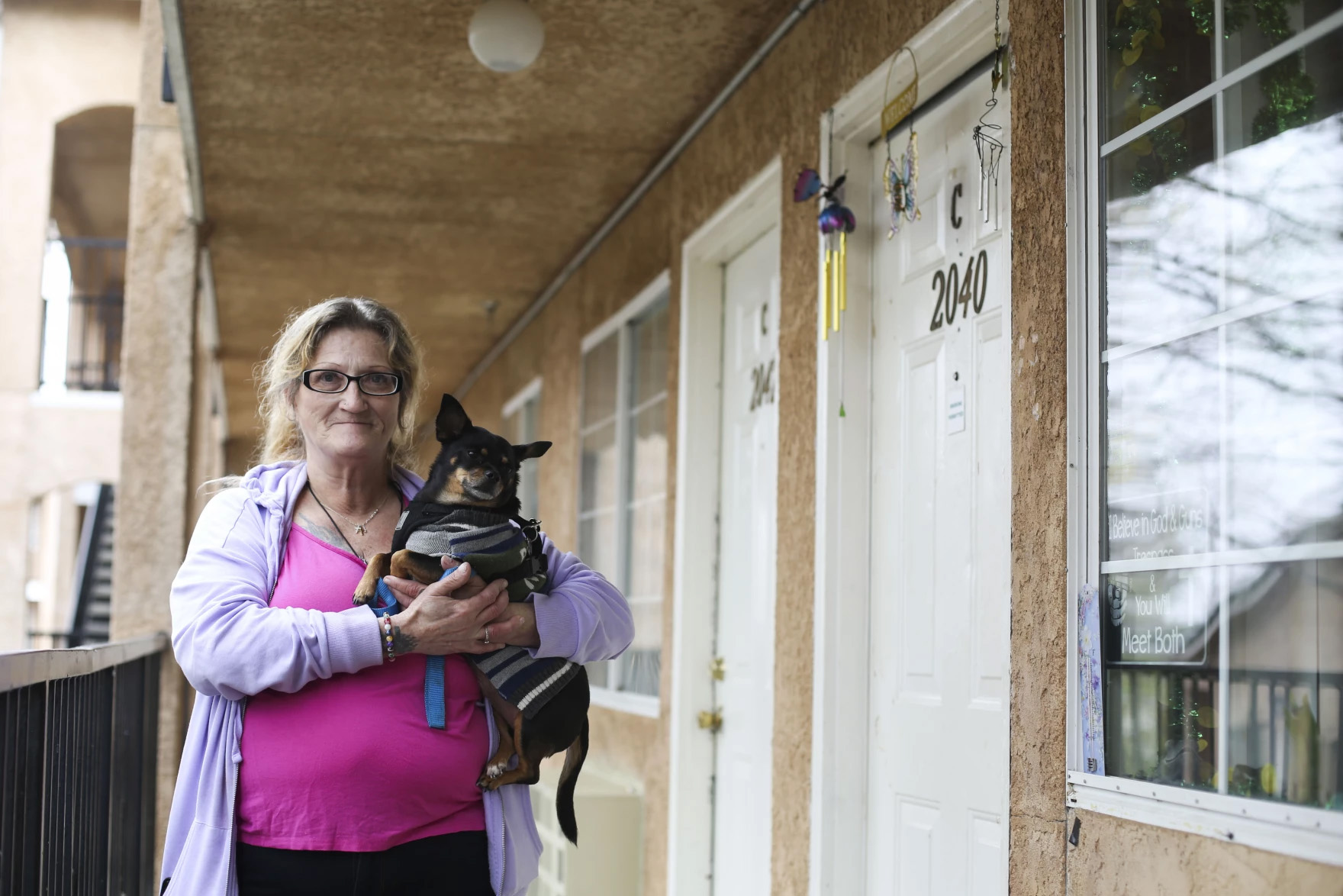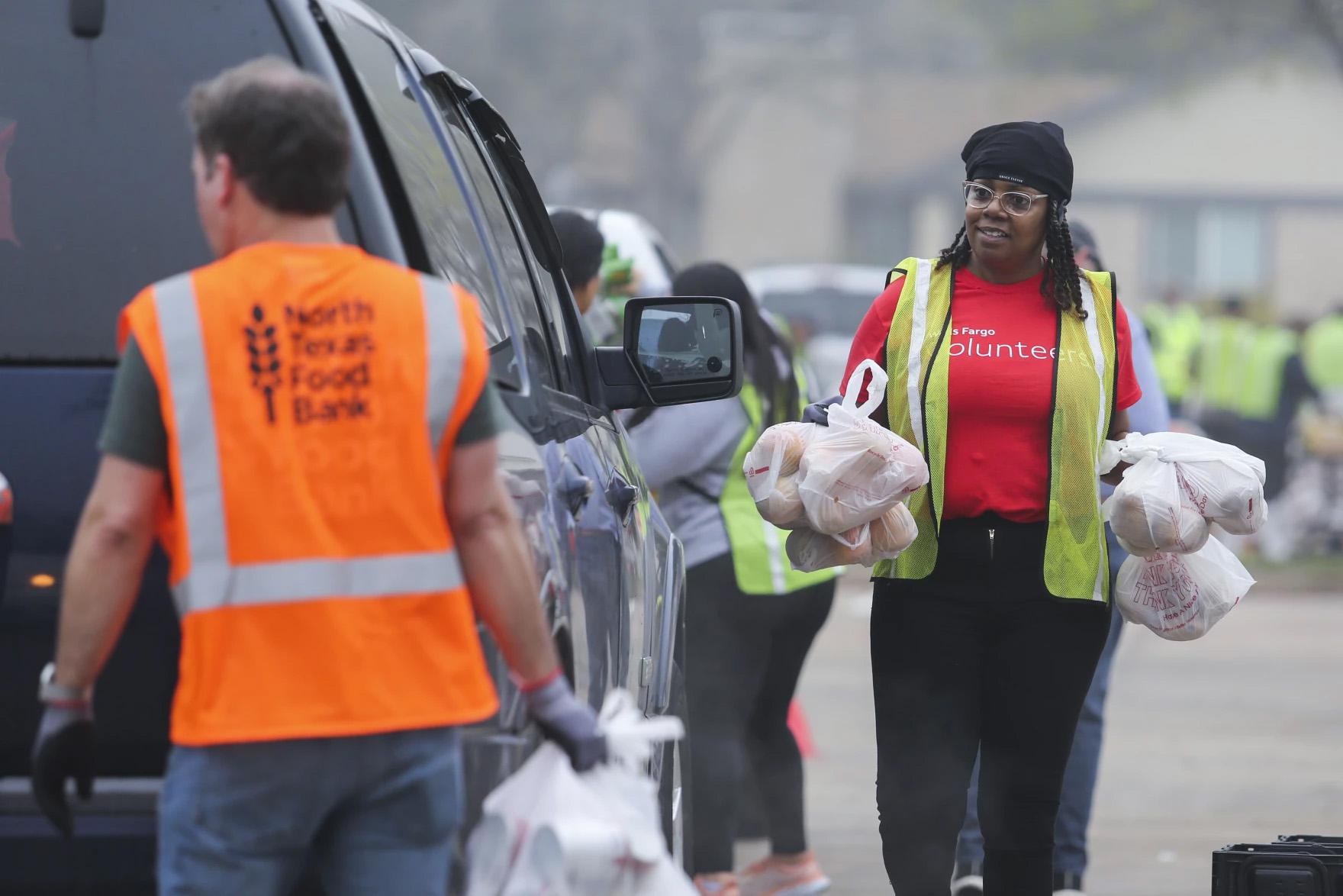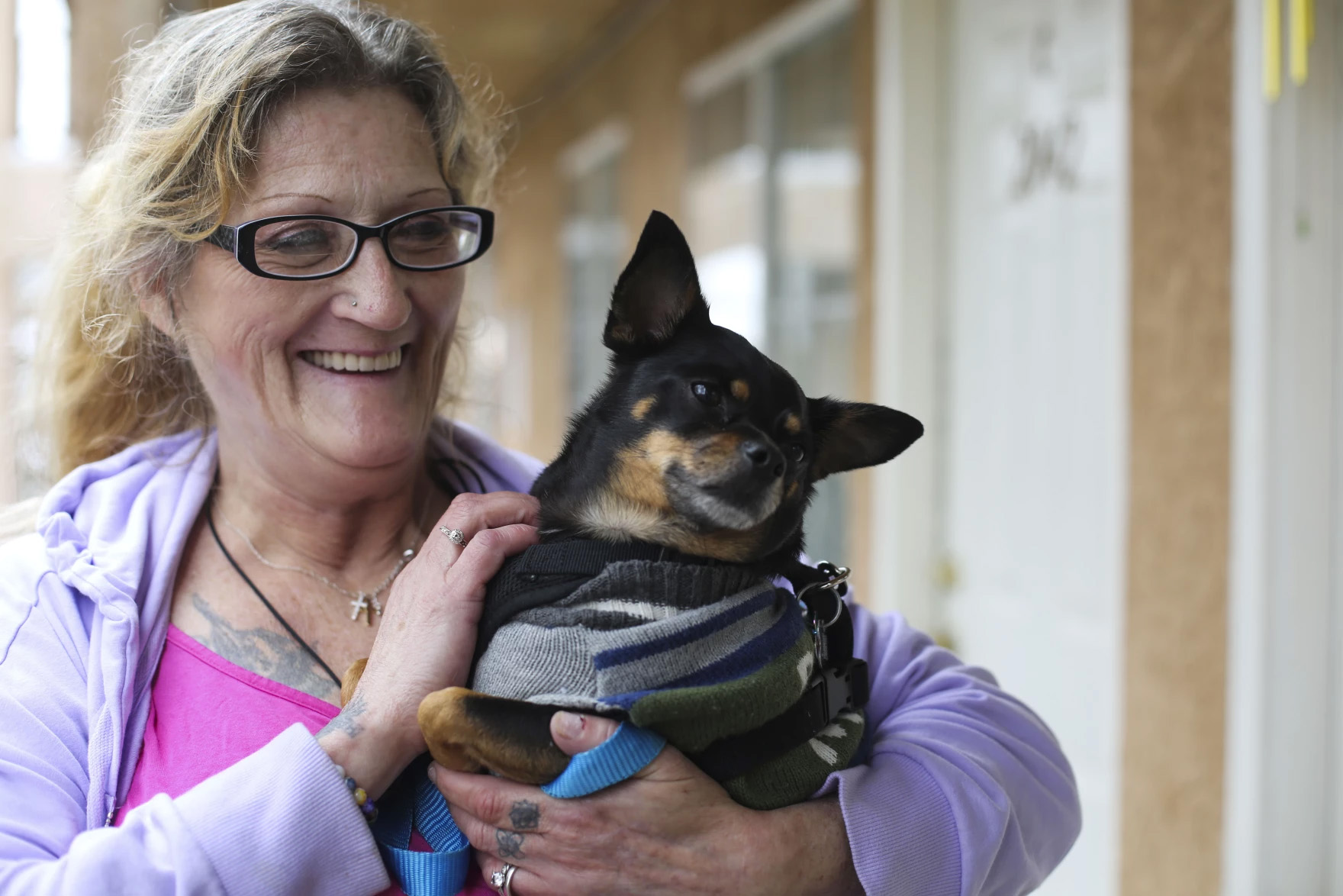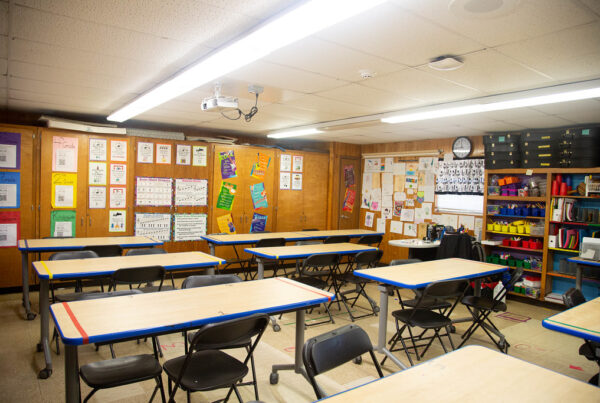From KERA News:
Grace Prentice’s SNAP benefits used to afford her a little extra breathing room. It wasn’t exactly easy to make ends meet for herself and her little dog, Jackson. But she was able to offset the cost of some of her medications. She had to make less frequent trips to the food pantry. She could splurge, just a little, the grocery store from time to time.
“It was like fresh fruits and vegetables. I’m able to get a piece of meat like chicken or hamburgers that I don’t usually get,” Prentice said.
Now, Prentice said she doesn’t get fresh produce unless a food pantry is giving it away.
In March, Prentice’s SNAP benefits were cut by a third. All 1.6 million Texas households participating in the program – representing about 3.5 million individual Texans — saw their SNAP benefits cut an average of $212.
“If I do it right, I can go for maybe a week — maybe,” Prentice said. “And then it’s hit or miss. I’ve gone hungry, and it’s not an easy thing.”
When the pandemic hit, Congress boosted federal food assistance by giving every SNAP household the maximum benefits. In December, Congress voted to close the book on that chapter, and told Texas and the remaining states still delivering maximum SNAP benefits that they were to return to pre-pandemic program rules starting March 1.
The end of expanded food assistance during the pandemic — one of several wildly successful efforts to reduce poverty as the coronavirus upended the economy that have since been eliminated — came at a steep cost for many North Texans who struggled with unusually high inflation.
“The problem is, in addition to a public health emergency, we’ve ended up with a food price emergency,” said Elaine Waxman, who researches food insecurity at the Urban Institute. “And that hasn’t been accounted for in Congress’ decision to end the emergency allotments.”
















